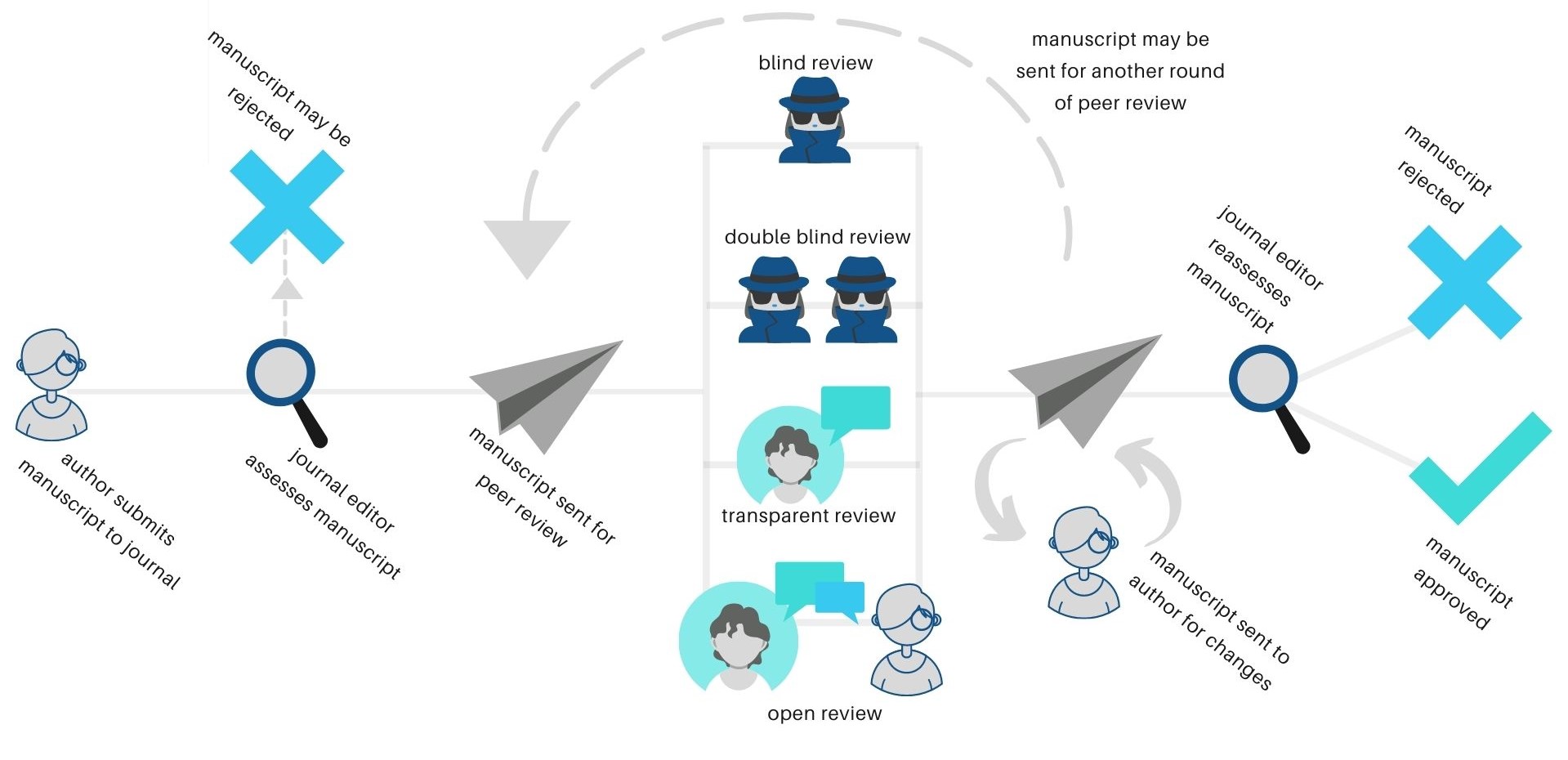
Open Science Essentials in 2 Minutes — Part 4: Preprints and Broadening Access to Research
In the changing realm of academic publishing, open science methodologies are reshaping how researchers share and distribute knowledge. Part 4 of the “Open Science Essentials in 2 Minutes” series centers on preprints—an increasingly favored approach for enabling free access to research before official journal publication.
What is a Preprint?
A preprint is a version of a scholarly article that comes before formal peer review and publication in a scientific journal. By submitting your manuscript to a preprint server like PsyArXiv—backed by the Open Science Framework (OSF)—you can quickly share your findings and enhance your visibility within the research community.
Why Utilize Preprints?
1. Quicker Dissemination:
Conventional peer-reviewed publishing can be lengthy, often taking months from submission to publication. Preprints offer a rapid alternative, enabling you to share your work as soon as it’s finalized, which is especially advantageous for early-career researchers establishing their reputations.
2. Enhanced Visibility and Citations:
Preprints are openly accessible, allowing anyone to read and cite them. They are indexed by major search engines such as Google Scholar, and citations typically carry over once the article is formally published. This broadened accessibility can significantly enhance the impact of your research.
3. Community Feedback:
Posting a preprint invites input from fellow researchers prior to journal submission or during the review process. This collaborative evaluation can assist you in spotting errors and refining your manuscript before it becomes part of the permanent academic record.
4. Establishing Priority:
Worried about being outpaced? Preprints are time-stamped, providing a public record of your discovery. This can serve as evidence of intellectual precedence and safeguard your research contributions in competitive fields.
What About Journal Policies and Copyright?
A frequent concern for researchers is whether journals will accept previously preprinted work. The good news is that many journals today accept or even endorse submissions that have been publicly shared as preprints. You can check specific journal policies through resources like SHERPA/RoMEO.
When your article is eventually published, the journal generally owns the formatted, typeset version. However, you are typically permitted to share the accepted manuscript (also known as a postprint). While its appearance may differ from the final version, the content remains unchanged, retaining much of its citation value.
When Should You Submit a Preprint?
You can upload a preprint at several points:
– Upon initial submission to a journal.
– After significant revisions or resubmissions.
– Once the paper is accepted, to share a postprint version.
This gradual sharing not only creates anticipation but also establishes a history of active scholarly communication.
What About Quality Control?
In contrast to peer-reviewed journals, preprint servers do not prevent researchers from uploading subpar or preliminary work. However, since scholarly reputation is crucial in academic careers, sharing low-quality work can harm credibility. Think of preprint servers as a professional stage—public and lasting.
Final Thoughts
Preprints serve as a potent tool in the open science arsenal. They democratize access to knowledge, promote collaboration, and accelerate scientific progress. While not appropriate for every project, especially those necessitating confidentiality until formal release, preprints present a valuable opportunity for most researchers aiming for transparency, visibility, and early interaction.
To discover more about open science practices, explore other parts in this series:
1. Pre-registration
2. The Open Science Framework
3. Reproducibility
Embrace open practices—share early, share frequently, and make your research accessible to the world.
Useful Links:
– PsyArXiv: http://psyarxiv.com/
– OSF support: https://mindhacks.com/2017/11/09/open-science-essentials-the-open-science-framework/
– Preprint journal policies: https://en.wikipedia.org/wiki/List_of_academic_journals_by_preprint_policy
– SHERPA/RoMEO Journal Policy Index: http://www.sherpa.ac.uk/romeo/index.php